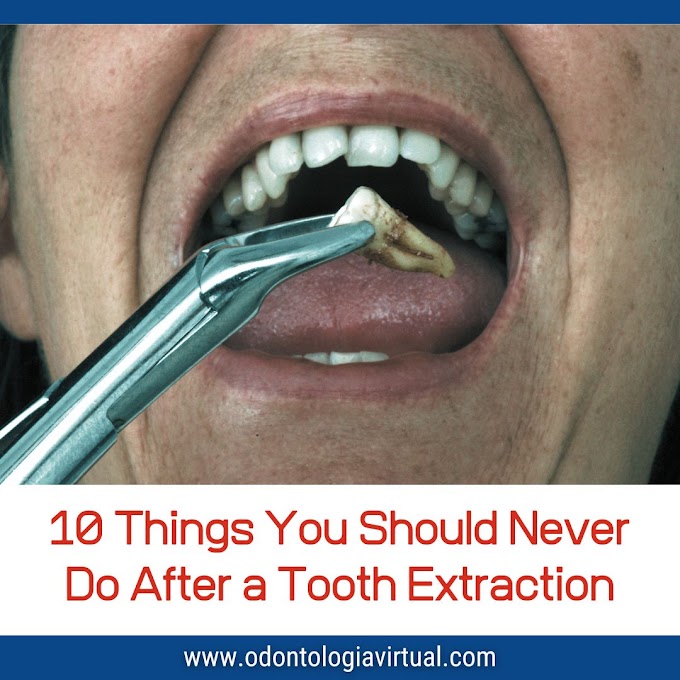Dental alloys are frequently used for either replacing a completely/partially distorted structure or to restoring the disturbed function of orofacial organ.
Some of the common applications in dentistry are of decayed tooth reconstruction in particular enamel, dentin with the help of crowns, and fillings, missing teeth replacement by the use of removable dentures, or surgical prostheses and epitheses.
► PDF: Dental age estimation in children and adolescents
► PDF: Dental age estimation in children and adolescents
This kind of restoration or replacement involves morphological, physiological, as well as psychological re-formation of the patient apart from their main purpose of preventing structural decay and functional failure. The selection of dental alloys needs to consider biological aspects and its technical feasibility.
Biological aspects consider chemical and functional biocompatibility other than technical functionality. Dental alloys can be processed inside or outside the mouth of patients.
In the dental industry, joining is prerequisite for connecting the same alloys or metal (Titanium to Titanium), the connecting of similar metals to its alloys (AuPt to AuAgCu) or connecting different metal to alloys (AuPt to CoCr). For joining the dental alloys, different natures of thermal joining techniques have been used in the past.
Among them, soldering, resistance welding, plasma welding, and single pulse tungsten inert gas welding are pretty common. However, recently, laser welding
using an Nd:YAG laser becomes very feasible as the joining technique for the dentist. Whatever process is used to connect these joints, they must satisfy criteria set by standard DIN EN 29333 such as stability up to 350 MPa, free of macro-defects, and being corrosion resistant.












